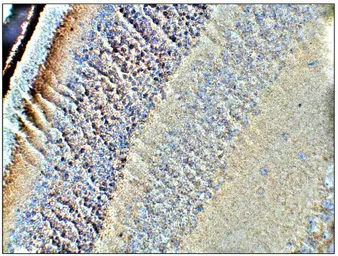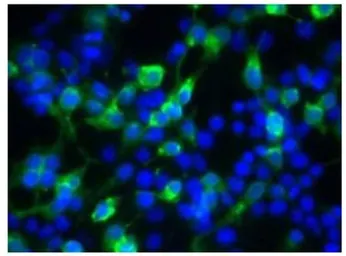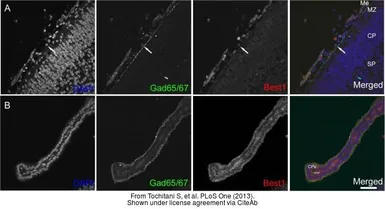Bestrophin antibody
Cat. No. GTX14927
Cat. No. GTX14927
-
HostRabbit
-
ClonalityPolyclonal
-
IsotypeIgG
-
ApplicationsWB ICC/IF IHC-P IHC-Fr IP ELISA IHC
-
ReactivityHuman, Mouse, Rat



